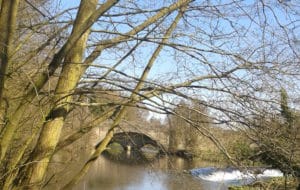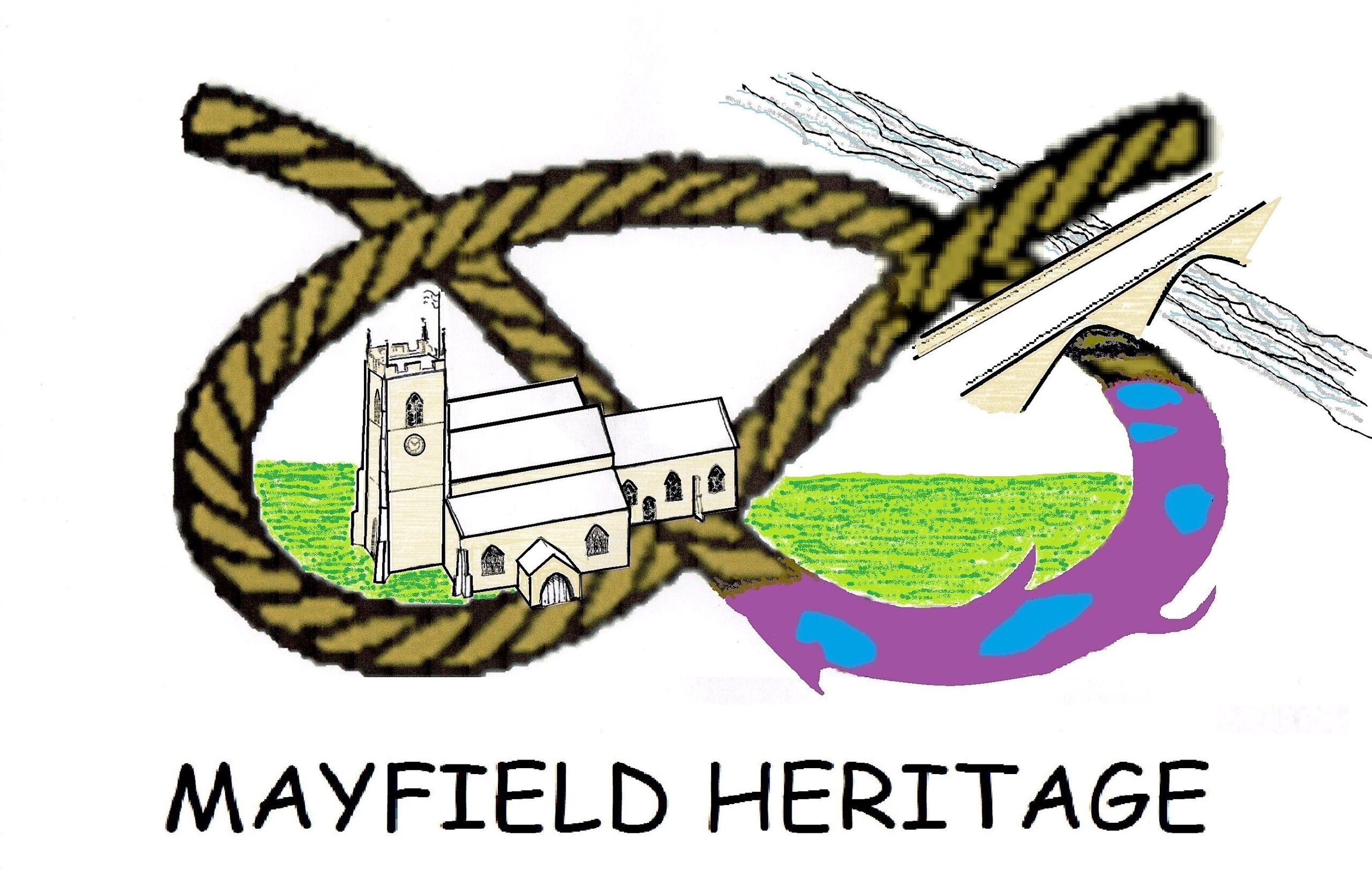
It is commonly believed that the bridge acquired its name after the events of 1745. This isn’t correct as it was already known as Hanging Bridge at least 200 years earlier.
In 1745, soldiers from Bonnie Prince Charlie’s army retreating piecemeal from Derby, rampaged through Mayfield. Many of the terrified villagers barricaded themselves in the church tower, the original oak door still bears the scars made by the Scotsmen’s musket balls. Two Mayfield residents were killed and their murderers caught and executed by hanging. Mayfield had a gibbet situated close to the junction of Old Bank and (significantly) Gallowstree Lane. Road junctions were the preferred place for gallows so that the corpses of evil-doers would be seen by all passers-by. Mayfield’s gallows were a prominent feature and would have been visible from a

long way off. The gallows might have been a tree or it could have been a man-made scaffold. It seems unlikely that the 1745 executions took place anywhere else, particularly in a relatively less prominent location as Hanging Bridge itself.
Furthermore, James Rolleston, MP for Newcastle-under-Lyme and a member of the wealthy family that financed the building of Mayfield church in the 1300s and then added the tower in 1515, mentioned Hanging Bridge in his Will. He left £2 for repairs to the church and a further £2 for repairs to “Hanging Bridge”. His Will is dated 1553. The earliest reference to hanging Bridge is in a 13th century charter in Latin.
One idea is that the word ‘hanging’ derives from the Old English word ‘han’ meaning a wild bird and ‘gan’ meaning at the bottom of a hill. It could be that a thousand years ago our Saxon predecessors were already referring to this crossing of the River Dove – when it was just a packhorse bridge – as ‘Hangan Bridge’.
